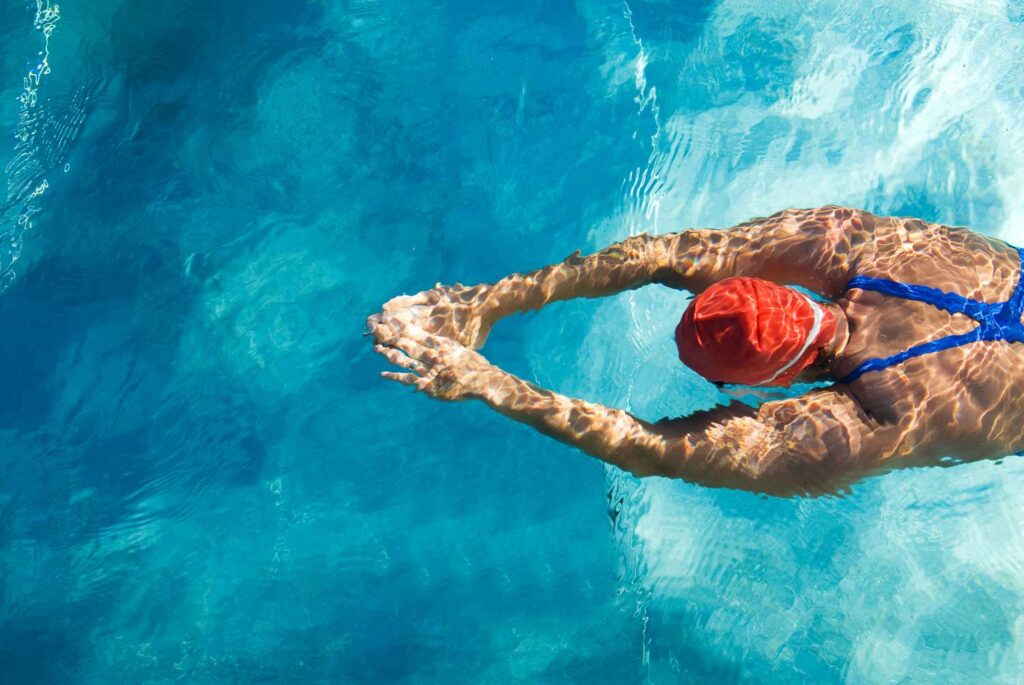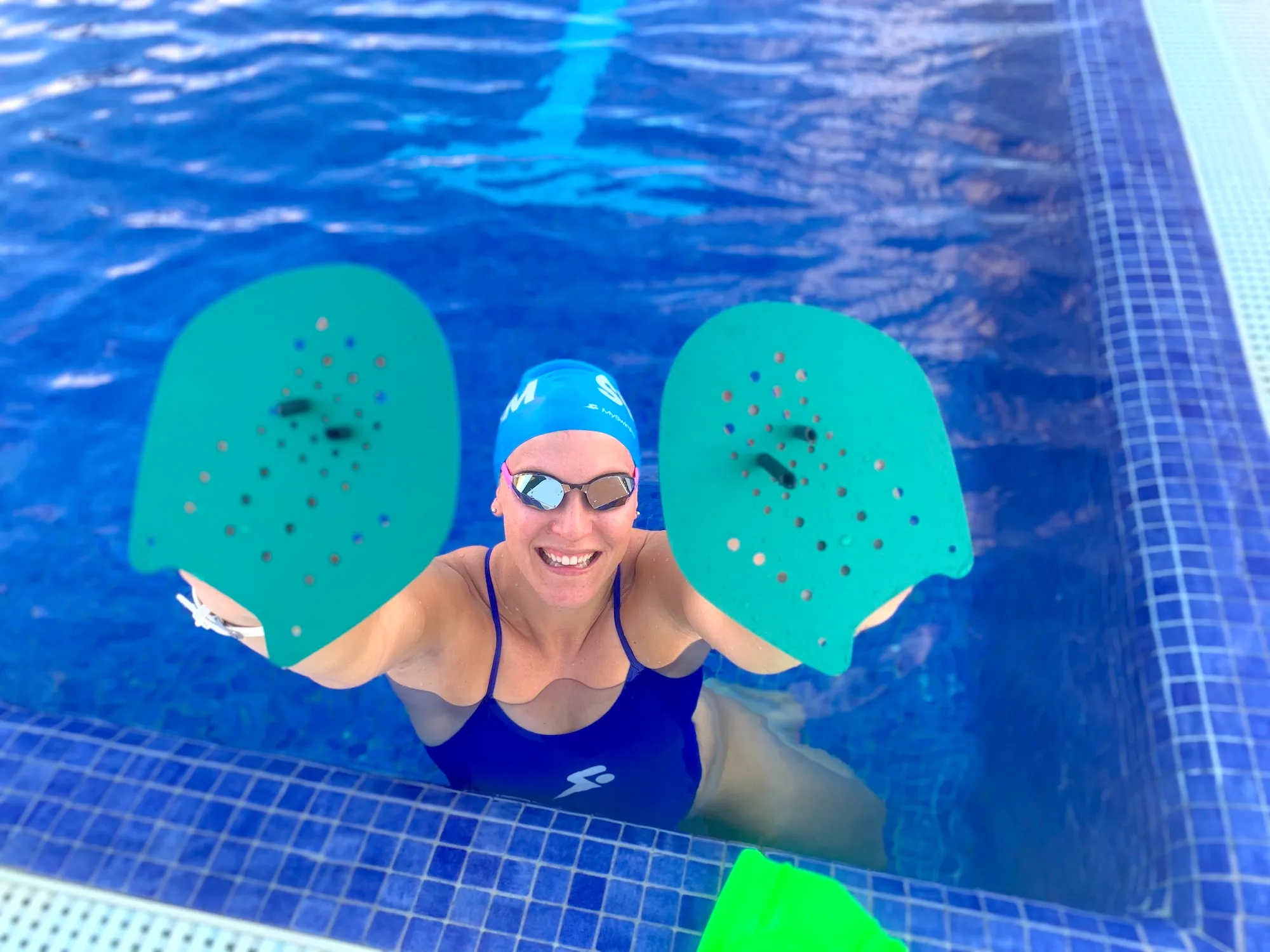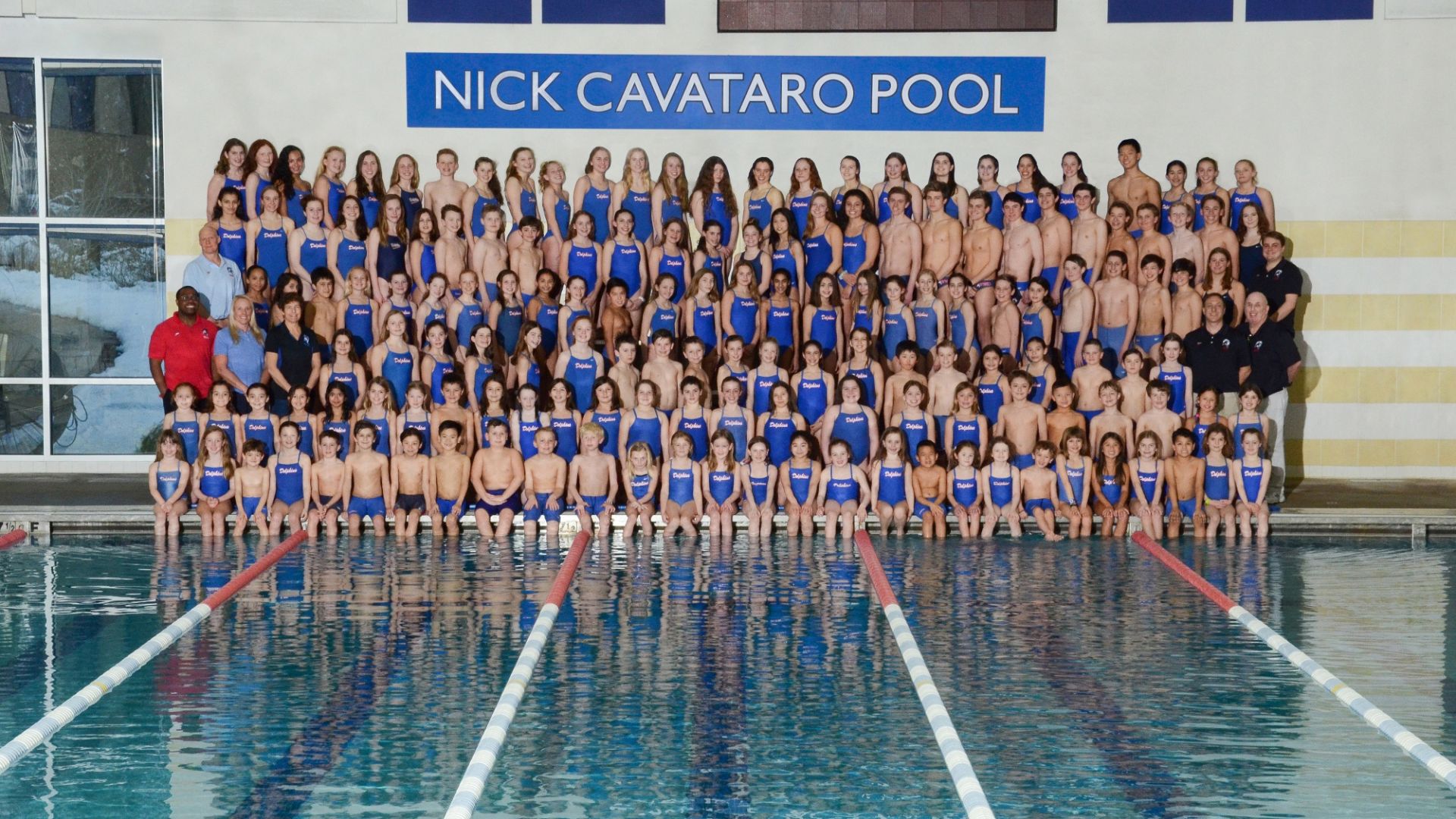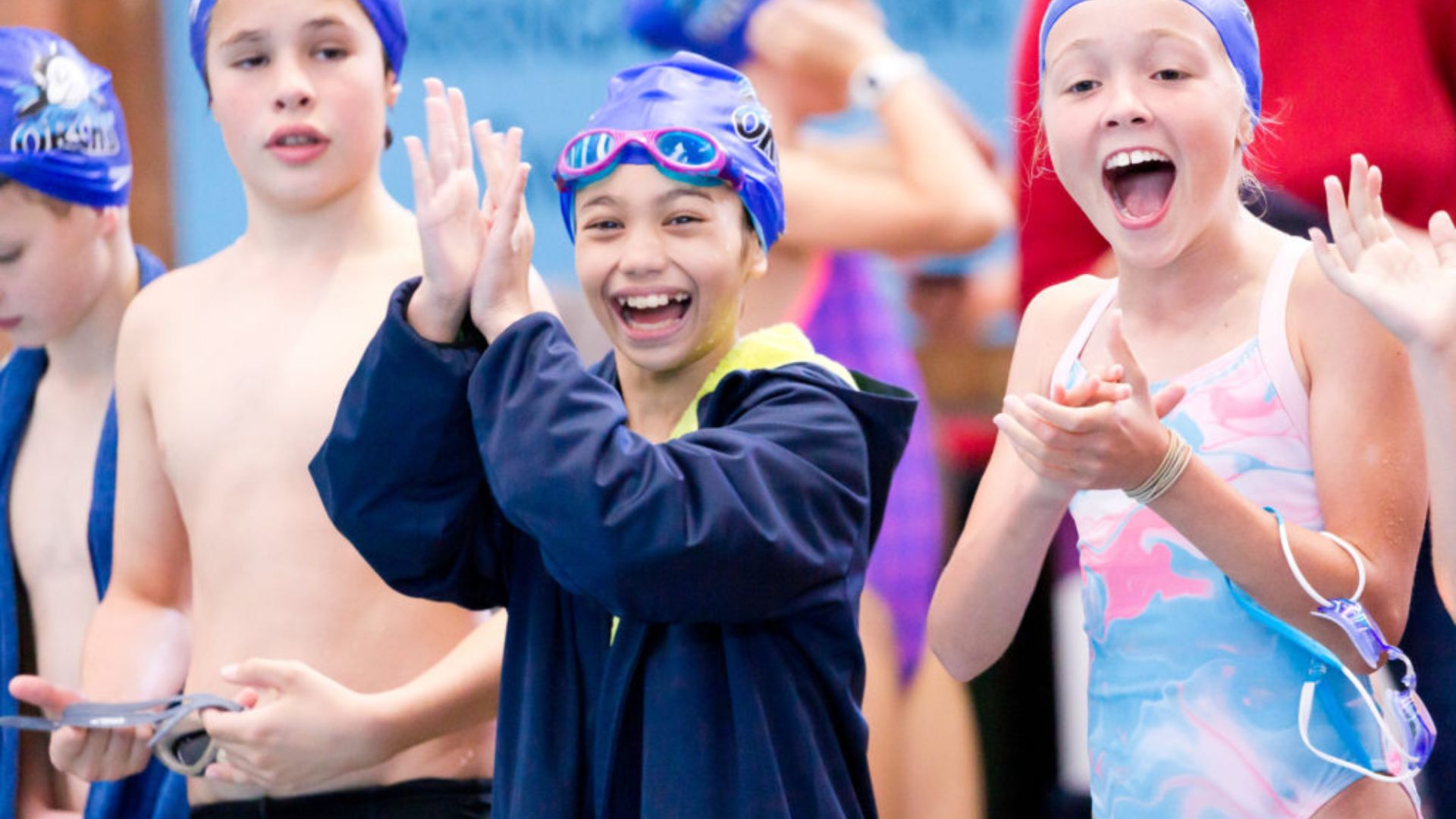Swimming proficiency hinges on mastering scientific techniques that optimize performance in the water. Understanding these principles can drastically improve speed and efficiency.
Body Position: Streamlining for Efficiency
Achieving a horizontal body position minimizes drag, enhancing glide and speed. Proper alignment of the head and engagement of core muscles are crucial for maintaining this streamlined posture. Swimmers should focus on keeping their body parallel to the water surface, which reduces resistance and allows for smoother movement. By maintaining a streamlined body position, swimmers can conserve energy and improve their overall efficiency in the water.

Breathing Techniques: Maximizing Oxygen Intake
Bilateral breathing in freestyle ensures balanced oxygen distribution and stroke rhythm. This technique boosts endurance and prevents muscle fatigue during longer swims. Swimmers should practice breathing on both sides to avoid developing muscle imbalances and to maintain a steady breathing pattern. Effective breathing not only supports aerobic capacity but also contributes to overall relaxation and focus in the water.
Arm Strokes: Propelling Forward with Precision
Effective arm movements—catch, pull, and recovery—generate propulsion. The S-shaped pull maximizes water contact for powerful strokes. Swimmers initiate the stroke by extending their arm forward and then sweeping it in a curved motion to maximize propulsion. The recovery phase involves lifting the arm out of the water smoothly to minimize resistance. By mastering these arm strokes, swimmers can maximize their speed and efficiency in the water.
Kick Techniques: Adding Power and Speed
A strong flutter kick, driven from the hips, amplifies forward momentum. This technique optimizes energy transfer and enhances overall speed. Swimmers should maintain a consistent and rapid flutter kick to propel themselves through the water efficiently. Kicking from the hips rather than the knees helps in generating more power with each kick. Additionally, incorporating kick sets into training routines can help swimmers strengthen their leg muscles and improve their kicking technique.
Turns and Finishes: Precision in Transition
Mastering flip turns and strong finishes reduces transition time and maintains race momentum, crucial for competitive success. Swimmers execute a flip turn by tucking into a somersault and pushing off the wall with momentum. A strong finish involves a powerful stroke and kick towards the wall, ensuring that swimmers touch the wall with maximum force. By practicing these techniques, swimmers can gain a competitive edge in races and improve their overall performance.
Biomechanical Analysis: Fine-Tuning Performance
Analyzing stroke mechanics through video and understanding fluid dynamics minimizes drag and improves stroke efficiency. Coaches use biomechanical analysis to identify areas for improvement in swimmers’ technique. By studying the interaction between the swimmer’s body and the water, coaches can make adjustments to enhance stroke efficiency and overall performance. Biomechanical analysis plays a crucial role in fine-tuning swimmers’ technique and helping them reach their full potential in the water.
Nutrition and Hydration: Fueling Performance
Balanced nutrition and hydration sustain energy levels and prevent dehydration, crucial for peak performance in training and competition. Swimmers should consume a diet rich in carbohydrates, proteins, and healthy fats to fuel their workouts and support muscle recovery. Hydration is equally important, as it helps regulate body temperature and maintain fluid balance during intense exercise. By prioritizing nutrition and hydration, swimmers can optimize their performance and recovery, both in and out of the water.
Strength and Mental Training: Building Resilience
Incorporating strength training and mental preparation enhances endurance and fosters a positive mindset. Swimmers perform exercises that target core muscles, shoulders, and legs to improve strength and power in the water. Mental training techniques such as visualization and goal-setting help swimmers stay focused and confident during races. By combining physical strength with mental resilience, swimmers can overcome challenges and perform at their best in competitive swimming.
Recovery: Essential for Longevity
Proper rest, stretching, and relaxation techniques prevent injuries and optimize muscle recovery for consistent performance. Swimmers should prioritize rest days and incorporate stretching exercises into their post-workout routine to reduce muscle tension and improve flexibility. Relaxation techniques such as deep breathing and meditation can help swimmers manage stress and promote overall well-being. By practicing effective recovery strategies, swimmers can maintain peak performance and longevity in their swimming careers.
Conclusion
In conclusion, mastering the science of swimming involves understanding and implementing these techniques to enhance performance. By focusing on body position, breathing, arm strokes, kicks, turns, biomechanical analysis, nutrition, hydration, strength training, mental preparation, and recovery, swimmers can optimize their skills and achieve their competitive goals.



